Erik P. Dutson
Toward Synergic Learning for Autonomous Manipulation of Deformable Tissues via Surgical Robots: An Approximate Q-Learning Approach
Oct 11, 2019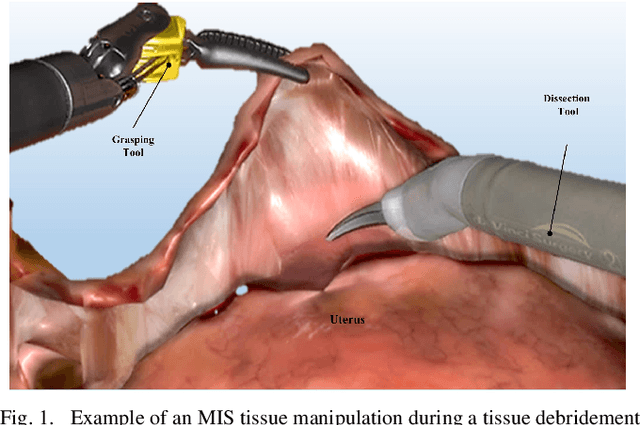

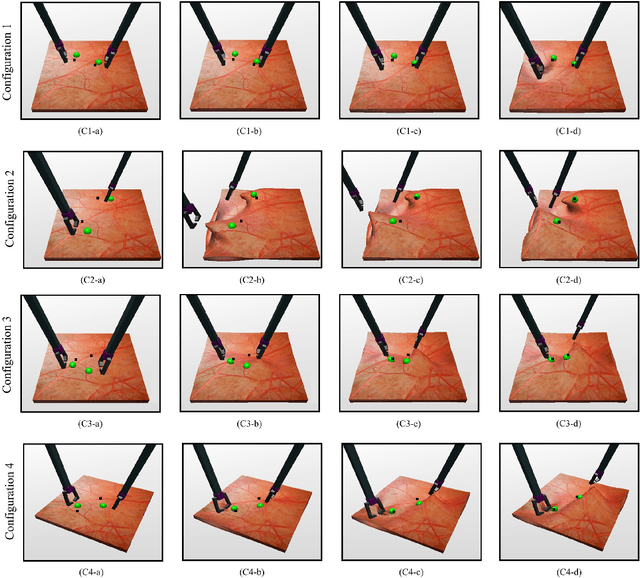
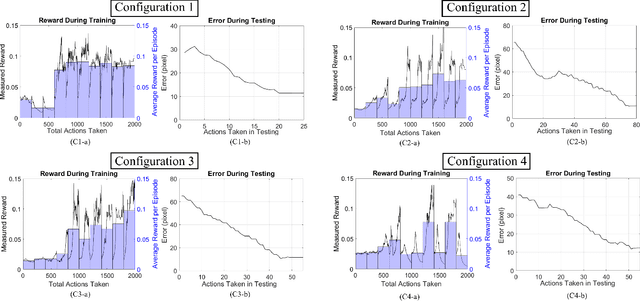
Abstract:In this paper, we present a synergic learning algorithm to address the task of indirect manipulation of an unknown deformable tissue. Tissue manipulation is a common yet challenging task in various surgical interventions, which makes it a good candidate for robotic automation. We propose using a linear approximate Q-learning method in which human knowledge contributes to selecting useful yet simple features of tissue manipulation while the algorithm learns to take optimal actions and accomplish the task. The algorithm is implemented and evaluated on a simulation using the OpenCV and CHAI3D libraries. Successful simulation results for four different configurations which are based on realistic tissue manipulation scenarios are presented. Results indicate that with a careful selection of relatively simple and intuitive features, the developed Q-learning algorithm can successfully learn an optimal policy without any prior knowledge of tissue dynamics or camera intrinsic/extrinsic calibration parameters.
Autonomous Tissue Manipulation via Surgical Robot Using Learning Based Model Predictive Control
Mar 03, 2019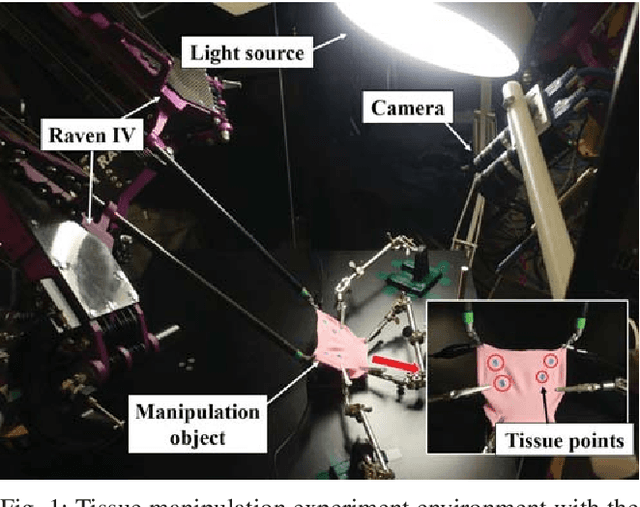
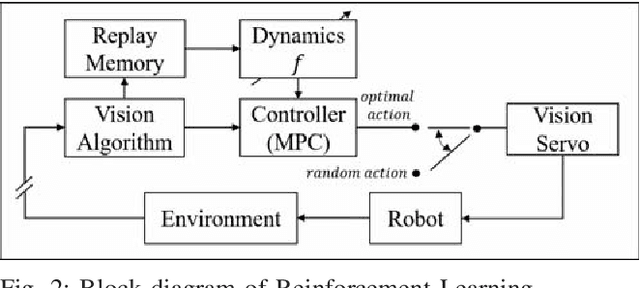
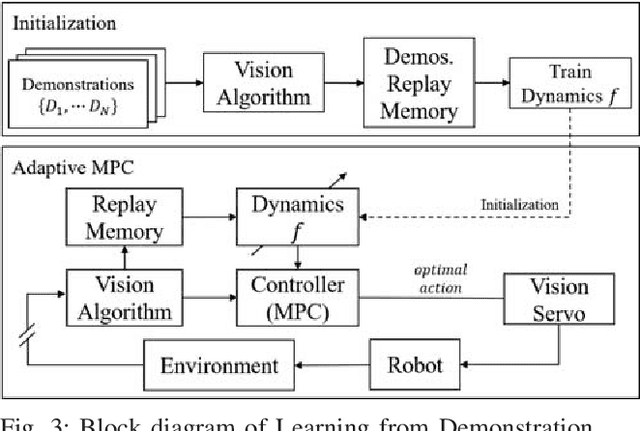
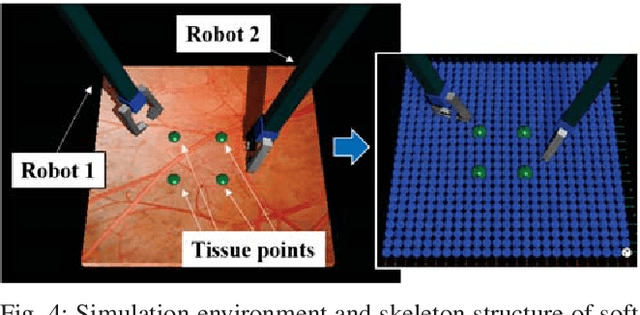
Abstract:Tissue manipulation is a frequently used fundamental subtask of any surgical procedures, and in some cases it may require the involvement of a surgeon's assistant. The complex dynamics of soft tissue as an unstructured environment is one of the main challenges in any attempt to automate the manipulation of it via a surgical robotic system. Two AI learning based model predictive control algorithms using vision strategies are proposed and studied: (1) reinforcement learning and (2) learning from demonstration. Comparison of the performance of these AI algorithms in a simulation setting indicated that the learning from demonstration algorithm can boost the learning policy by initializing the predicted dynamics with given demonstrations. Furthermore, the learning from demonstration algorithm is implemented on a Raven IV surgical robotic system and successfully demonstrated feasibility of the proposed algorithm using an experimental approach. This study is part of a profound vision in which the role of a surgeon will be redefined as a pure decision maker whereas the vast majority of the manipulation will be conducted autonomously by a surgical robotic system. A supplementary video can be found at: http://bionics.seas.ucla.edu/research/surgeryproject17.html
 Add to Chrome
Add to Chrome Add to Firefox
Add to Firefox Add to Edge
Add to Edge